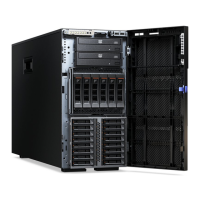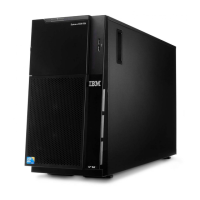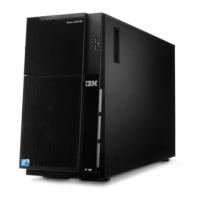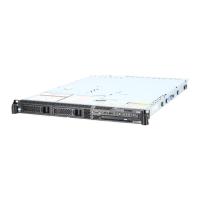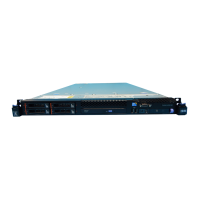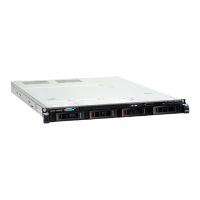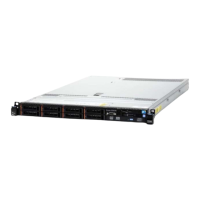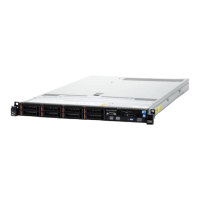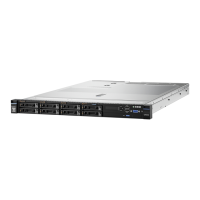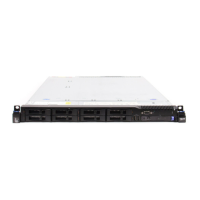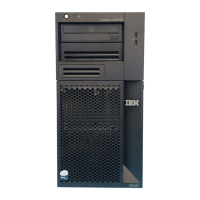Server power features
When the server is connected to an ac power source but is not turned on, the
operating system does not run, and all core logic except for the service
microprocessor is shut down; however, the server can respond to requests from the
service microprocessor (also called the baseboard management controller), such as
a remote request to turn on the server. The power-on LED flashes to indicate that
the server is connected to ac power but is not turned on.
Turning on the server
Approximately 20 seconds after the server is connected to ac power, the
power-control button becomes active, one or more fans might start running, and you
can turn on the server and start the operating system by pressing the power-control
button.
The server can also be turned on in any of the following ways:
v If a power failure occurs while the server is turned on, the server will restart
automatically when power is restored.
v If the server is connected to an Advanced System Management interconnect
network that contains at least one server with an optional Remote Supervisor
Adapter II SlimLine installed, the server can be turned on from the Remote
Supervisor Adapter user interface.
v If your operating system supports the systems-management software for an
optional Remote Supervisor Adapter II SlimLine, the systems-management
software can turn on the server.
v If your operating system supports the Wake on LAN
®
feature, the Wake on LAN
feature can turn on the server.
Note:
When 4 GB or more of memory (physical or logical) is installed, some
memory is reserved for various system resources and is unavailable to the
operating system. The amount of memory that is reserved for system resources
depends on the operating system, the configuration of the server, and the
configured PCI devices.
Chapter 3. Server controls, connectors, LEDs, and power 39
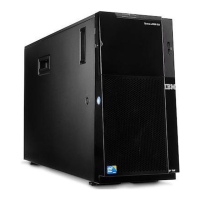
